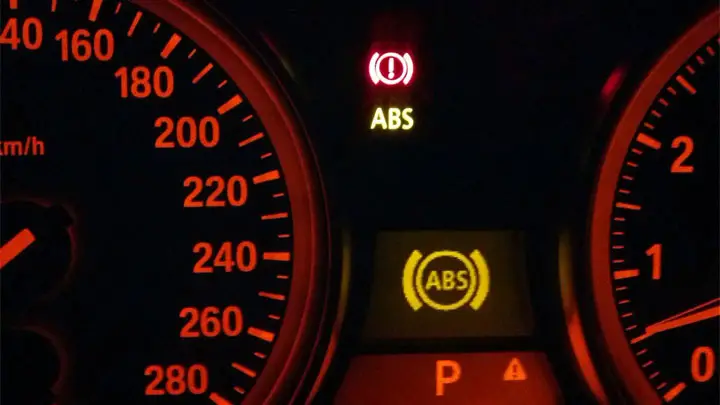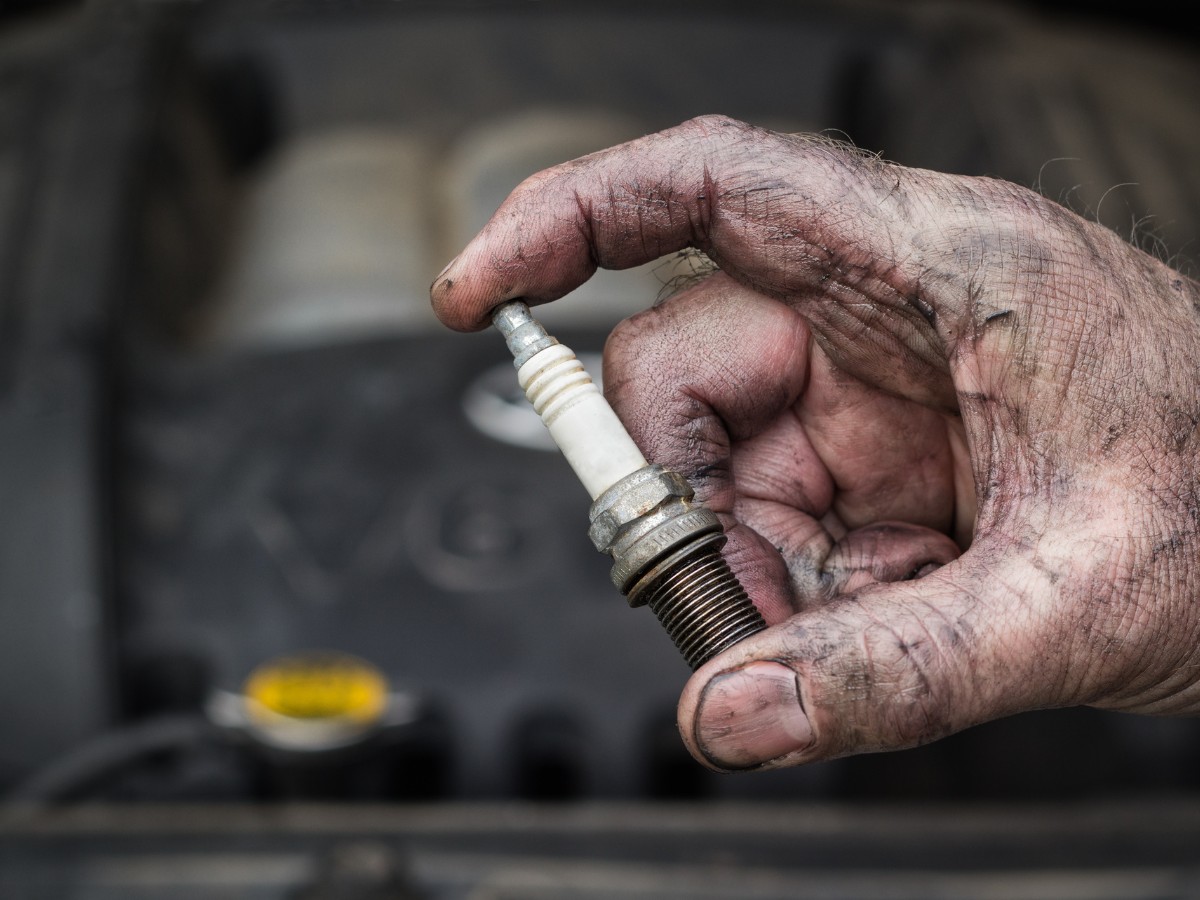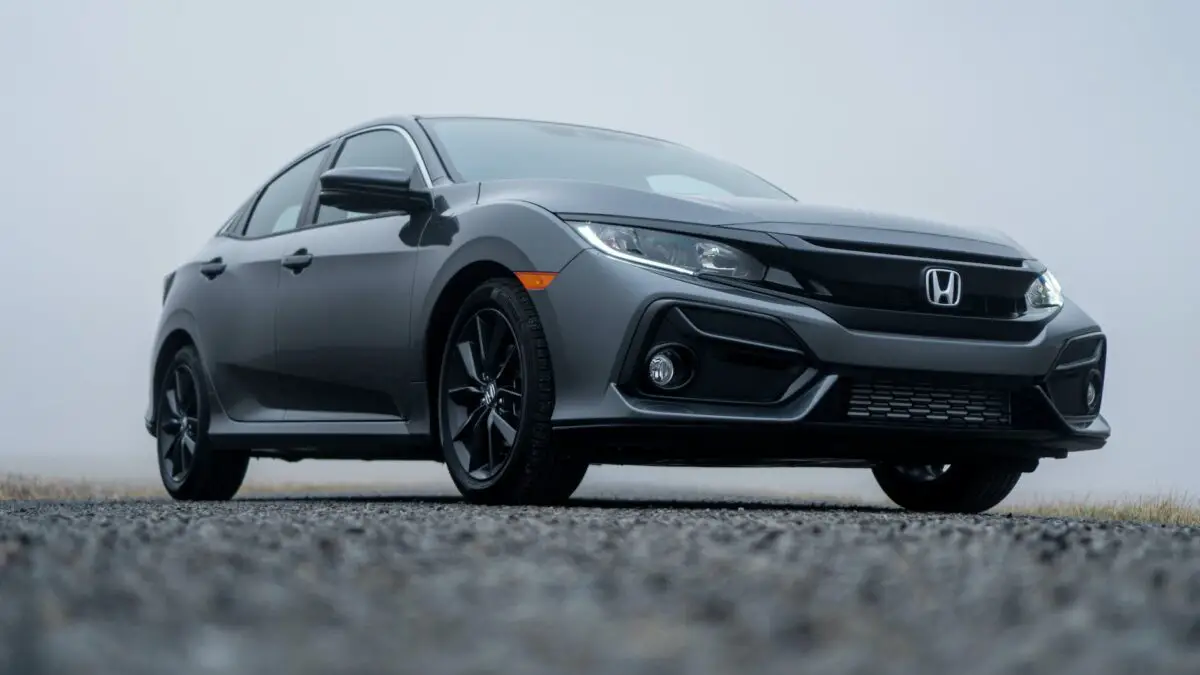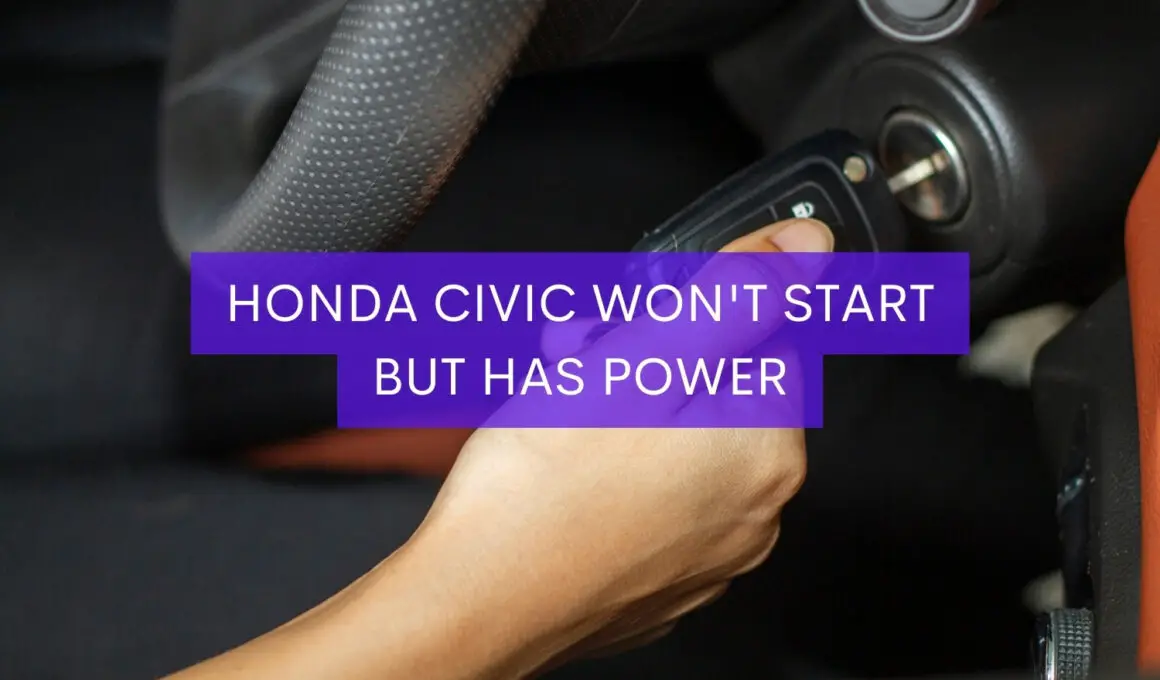In This Article Show
I understand the frustration with car troubles, especially when your reliable Honda Civic won’t start even though it still has power. That’s why I’ve put together this comprehensive guide to help you understand the possible causes of this issue and the steps you can take to fix it.
The Honda Civic is well known for its reliability, durability, and all-around performance. However, like any machine, it’s not immune to occasional hiccups.
One issue that many Honda Civic owners might encounter is the vehicle refusing to start, despite the dashboard lights being on, indicating that the car has power. The reasons behind this vary widely, from simple fixes to more complex issues requiring professional assistance.
This post will shine some light on these potential causes, discuss how to diagnose the problem, and, most importantly, provide practical fixes.
Common Symptoms of a Honda Civic That Won’t Start but Has Power
Identifying the symptoms associated with your Honda Civic not starting despite having power is the first step towards solving the problem. Remember, your car communicates with you through these symptoms; the trick lies in understanding what it is trying to say.
1. Dashboard Lights Are On
Your dashboard lights should illuminate when you insert your key and turn the ignition. If your Honda Civic refuses to start while these lights are on, it suggests there’s power but an issue prevents the engine from starting.

2. Hearing a Click but No Engine Turn Over
If you hear a clicking noise when you try to start your car, but the engine doesn’t turn over, it’s likely a problem with the starter motor or battery.
3. Engine Cranks but Doesn’t Start
If the engine cranks when you turn the key, but doesn’t start, this could indicate issues with the fuel or ignition systems.
4. No Sound or Response When Turning the Key
In cases where there’s no sound or response when turning the key, it could be due to a faulty ignition switch or a malfunction in the anti-theft system.
5. Frequent Start Failures
If your Honda Civic takes several attempts to start, it could be a warning sign of an impending complete failure to start, possibly due to a deteriorating starter or fuel pump.
Understanding these symptoms can provide a clearer picture of what might be going wrong under the hood of your car.
Understanding the Basics: The Starter System in Honda Civic
Before we delve into the potential causes of your Honda Civic failing to start despite having power, it’s crucial to understand the basics of how the starter system works.
Even if you’re not an auto expert, a fundamental understanding can go a long way in helping you troubleshoot issues, something I’ve observed repeatedly during my 15 years as a mechanic.
The starter system is designed to ignite the engine and consists of several key components:
- Battery: This provides the necessary power to start the engine. When the key is turned in the ignition, it initiates a circuit that sends electricity from the battery to the starter.
- Ignition Switch: This is what you turn with your key to start the car. It essentially bridges the connection between the battery and the starter motor when turned to the “start” position.
- Starter Motor: Once the electricity from the battery reaches the starter motor, the motor rotates, which in turn cranks the engine.
- Starter Solenoid/Relay: This acts as a conductor between the battery and the starter motor. When you turn the key, the solenoid closes the circuit, allowing the electrical current to flow from the battery to the starter.
- Flywheel: The starter motor spins a small gear that connects to this larger gear (flywheel), setting the engine in motion.
This process is seamless in a perfectly functioning Honda Civic, leading to the engine roaring to life as soon as you turn the key. However, problems with any of these components can disrupt this process, leading to a situation where the car won’t start but has power.
Top Causes of Honda Civic Not Starting But Has Power
Every issue has its root cause, and in my years as a mechanic, I’ve come across a range of reasons why a Honda Civic may refuse to start despite having power. Here are the most common ones:
1. Faulty Ignition Switch
If your ignition switch is faulty, it may not be able to bridge the connection between your battery and starter motor properly. Even if your dashboard lights are on, a damaged ignition switch might be the culprit preventing your engine from starting.
2. Bad Starter Motor
The starter motor’s job is to get your engine running. If it’s faulty, it won’t be able to spin the engine fast enough to start, despite the car having power.
3. Broken Starter Solenoid
The starter solenoid is the main electrical switch in the starter system. A faulty solenoid may not be able to create the connection between the battery and the starter motor, leading to a failure to start the engine.
4. Dead Battery
A battery might have enough power to light up the dashboard but not enough to start the engine. Age, extreme temperatures, or leaving the lights on can drain a battery.
5. Clogged Fuel Filter
Fuel needs to flow freely from the tank to the engine for the car to start. A clogged fuel filter can prevent enough fuel from reaching the engine, causing the car to fail to start.
6. Failed Fuel Pump
Similar to a clogged fuel filter, a failed fuel pump can prevent fuel from reaching the engine, making it impossible for the car to start.
7. Anti-Theft System Malfunction
If your Honda Civic’s anti-theft system malfunctions, it can immobilize the vehicle, preventing it from starting.

8. Failed Spark Plugs
Spark plugs initiate the combustion process that powers your engine. If they fail, the engine won’t start despite the car having power.
These are some of the main reasons your Honda Civic may struggle to start. While some of these issues can be addressed through basic troubleshooting, others may require professional intervention.
Diagnosing the Problem: Tips and Tools
Car troubles may seem intimidating, especially if you don’t have a background in automotive repair. However, you can diagnose many issues with the right approach and tools.
Here are some basic troubleshooting steps and the tools you might need:
1. Check the Ignition Switch
Turn the key in the ignition and observe the dashboard lights. If they flicker or don’t light up at all, the ignition switch could be faulty.
2. Inspect the Battery
Use a multimeter to check the battery voltage. A reading of around 12.6 volts indicates a fully charged battery. If it’s below 12 volts, the battery may not have enough charge to start the engine.
3. Test the Starter Motor
This can be done by a process called “jumping” the starter, which involves using a screwdriver to create a direct electrical connection between the solenoid and the battery. Warning: This should be done carefully, as it can be dangerous if not done correctly.
4. Check the Fuel Filter
If you’ve noticed any signs of sluggish performance or inconsistent power supply before the car failed to start, a clogged fuel filter could be the cause. A mechanic can confirm this or remove and inspect the filter.
5. Examine the Fuel Pump
Listen for the sound of the fuel pump priming when you turn the key to the “ON” position. The fuel pump might be the problem if you can’t hear it.
6. Inspect the Anti-Theft System
Look for a flashing key icon or security light on your dashboard. If it’s blinking rapidly or stays on, your anti-theft system might be the issue.
7. Test the Spark Plugs
Remove a spark plug, reconnect it to the spark plug wire, and hold it against a metal part of the engine. Have someone else try to start the car. If the spark plug sparks, it’s working. If not, it’s faulty.
Fixes for Honda Civic Not Starting but Has Power
Once you’ve identified the potential cause of the problem, you can move on to resolving it. Some of these fixes are straightforward and can be carried out by a car owner with basic knowledge and tools, while others might require the expertise of a mechanic.
Here are some possible solutions based on the causes we identified earlier:
1. Replacing Ignition Switch
If you’ve diagnosed the problem to be a faulty ignition switch, you may need to replace it. This process involves disconnecting the battery, removing the steering column cover, and replacing the old switch with a new one. If you’re not comfortable doing this yourself, a professional mechanic can handle it.
2. Repairing or Replacing Starter Motor
If the starter motor is the issue, it can sometimes be repaired, but often needs to be replaced. This involves disconnecting the battery, removing the old starter, and installing a new one. Due to the location and weight of the starter, this might be best left to a professional.
3. Replacing Starter Solenoid
If the starter solenoid is the issue, it’s usually best to replace it. While the process is not too complex, it does involve working with the car’s electrical system, which can be hazardous if you’re not careful.
4. Charging or Replacing the Battery
If the battery is dead, charging it might solve the problem. However, you’ll likely need to replace it if it’s old or damaged. Remember to dispose of your old battery properly.
5. Changing Fuel Filter
If the fuel filter is clogged, replacing it should fix the problem. The process involves relieving the fuel system pressure, disconnecting the fuel lines from the filter, and replacing the old filter with a new one.
6. Repairing or Replacing Fuel Pump
A faulty fuel pump usually needs to be replaced, which involves draining and dropping the fuel tank. Due to the complexity and potential hazards, this should be handled by a professional.

7. Resetting the Anti-Theft System
If the anti-theft system is causing the problem, it can often be reset by locking and unlocking the driver’s door with the key. If that doesn’t work, you might need to consult your vehicle’s manual or a professional.
8. Replacing Spark Plugs
If your spark plugs have failed, replacing them is a relatively straightforward process that involves removing the old plugs and installing new ones. You’ll need a spark plug socket and a socket wrench.
Preventive Maintenance Tips
Prevention, as they say, is better than cure. This maxim holds especially true for car maintenance.
Regular checks and servicing can help prevent the issue of your Honda Civic refusing to start despite having power, and extend the lifespan of your vehicle in general. Here are some preventive measures:
1. Regular Battery Checks
Check the health of your battery regularly. Look for any signs of corrosion and ensure the battery terminals are clean. Consider having it professionally tested every year after the three-year mark.
2. Timely Ignition Switch Replacement
Ignition switches don’t last forever. If you notice difficulty turning the key or flickering dashboard lights, consider getting the switch checked and replaced if necessary.
3. Starter Motor Maintenance
If you notice a grinding noise while starting the car, or if the car occasionally refuses to start, check the starter motor. Timely repair or replacement can prevent a complete breakdown.
4. Fuel System Maintenance
Regularly replacing the fuel filter (as per your car’s maintenance schedule) and ensuring the use of quality fuel can keep the fuel pump in good health and prevent clogs in the fuel filter.
5. Regular Spark Plug Replacement
Spark plugs should be replaced as per your car’s maintenance schedule. If your car has trouble starting, runs roughly, or you notice a decrease in fuel efficiency, these could be signs of failing spark plugs.
6. Routine Checks of Anti-Theft System
Regularly check that your car’s anti-theft system is working correctly. If you notice any issues, get them rectified immediately to avoid being stranded.
7. Regular Professional Inspections
Periodic professional inspections can help catch potential problems early. This can prevent minor issues from turning into major, costly repairs.
Maintaining a car requires some time and effort, but it is worth it in the long run. Regular maintenance prevents issues like a car not starting and can enhance your car’s performance and longevity.
And remember, if you ever need help, you can always use our Ask A Mechanic feature.
Wrapping it up
If your Honda Civic is not starting but has power, it’s likely due to an issue with the ignition switch, starter motor, battery, fuel system, anti-theft system, or spark plugs.
By carefully observing the symptoms, you can often diagnose the problem and sometimes even fix it yourself. However, don’t hesitate to seek professional help when needed.










